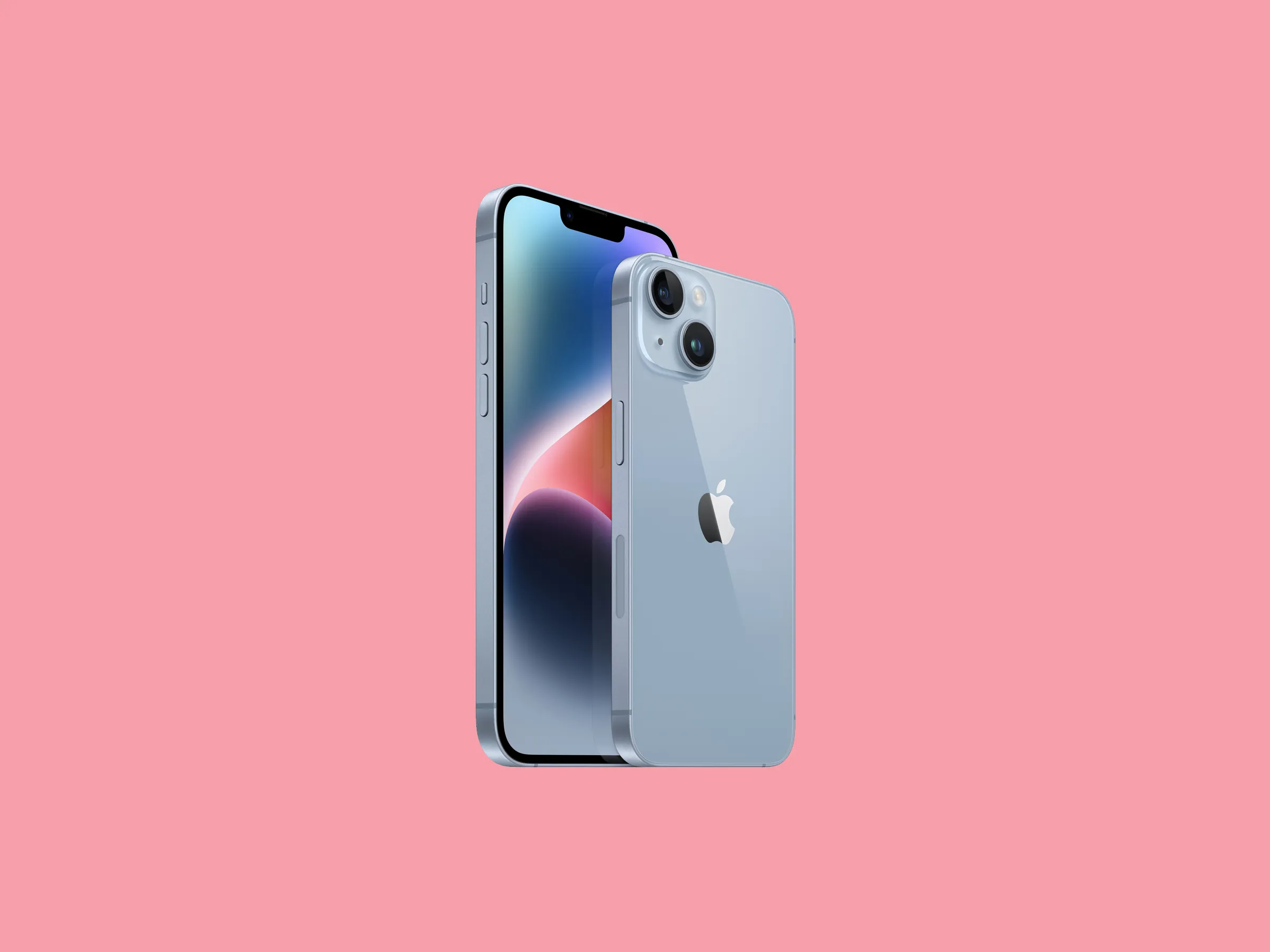
Hardware refers to anything that is built into or attached to a computer and serves a purpose. Computer hardware consists of the physical components of a personal computer, including the main case, motherboard, hard drive, optical drives (such as DVD), processor, mouse, keyboard and computer motherboard. In layman’s terms, hardware is nothing more than what you would put in your kitchen.
There are many types of computer hardware devices that can be found on today’s market. They range from a bulky tower with processors that can process millions of calculations per second to a small, portable handheld device that will allow you to surf the Internet. The number of hardware devices that you find today is practically endless. One of the most common types of hardware that you will find in your desktop is the CPU. While the CPU is not considered to be part of the computer hardware, it is a vital component of the computing experience because it is what does all of the calculations that your computer is performing.
The role that the CPU plays in your computer system is largely misunderstood by most people. The CPU is not your operating system; it is only one of many core components of your computer system. The other core components are the operating system (such as Windows or Mac), memory (RAM), hard disk space, video output/driver board, audio output/driver board, wireless adapter, Ethernet driver, and so forth. As you can see, the CPU is only one piece of the puzzle.
Your CPU contains both an instruction processor and a random access memory. The instruction processor is responsible for running all of the compute-heavy programming languages that your computer uses in order to process information from the main memory into usable form. The random access memory (RAM) is simply a way of storing extremely large amounts of data that is not in use at the time but that is always retrievable should the need arise. Both of these pieces of hardware are housed inside of your CPU and they are programmed in such a way that they share different sections of their memory. This makes them extremely difficult to repair without the proper tools.
The typical hardware inside of your personal computer system includes the main CPU, the preinstalled windows base operating system (usually Windows 2021 or XP), the booting device, the hard drive, the monitor, the keyboard, the mouse, the sound card, the monitor itself, various cords and connectors, various hardware such as the power supply, Ethernet drivers, the Internet service provider, the wireless adapter, LAN cards, CD/DVD drives, various cords and connectors, and so forth. Each of these hardware components plays a very specific role in the overall operation of your computer system. If any of these pieces of hardware malfunction, the entire computer system will fail to function correctly. Because all of these components are so specialized in their functions, they cannot be purchased as generic parts. Rather, they must all be purchased individually to get the job done right.
This means that if you want to replace any of your hardware components, it is important to have a complete understanding of each piece and how it works with the rest of the computer hardware. By learning about each individual hardware component, you can easily identify which part you need to replace and how to replace it. Many of the older pieces of hardware that you may find within your CPU include motherboards, power supply units, and random access memory (RAM). While it is possible to replace any of these physical components on your own, it is also very possible for an online computer parts retailer to provide you with the replacement hardware you need for a fraction of the cost.








